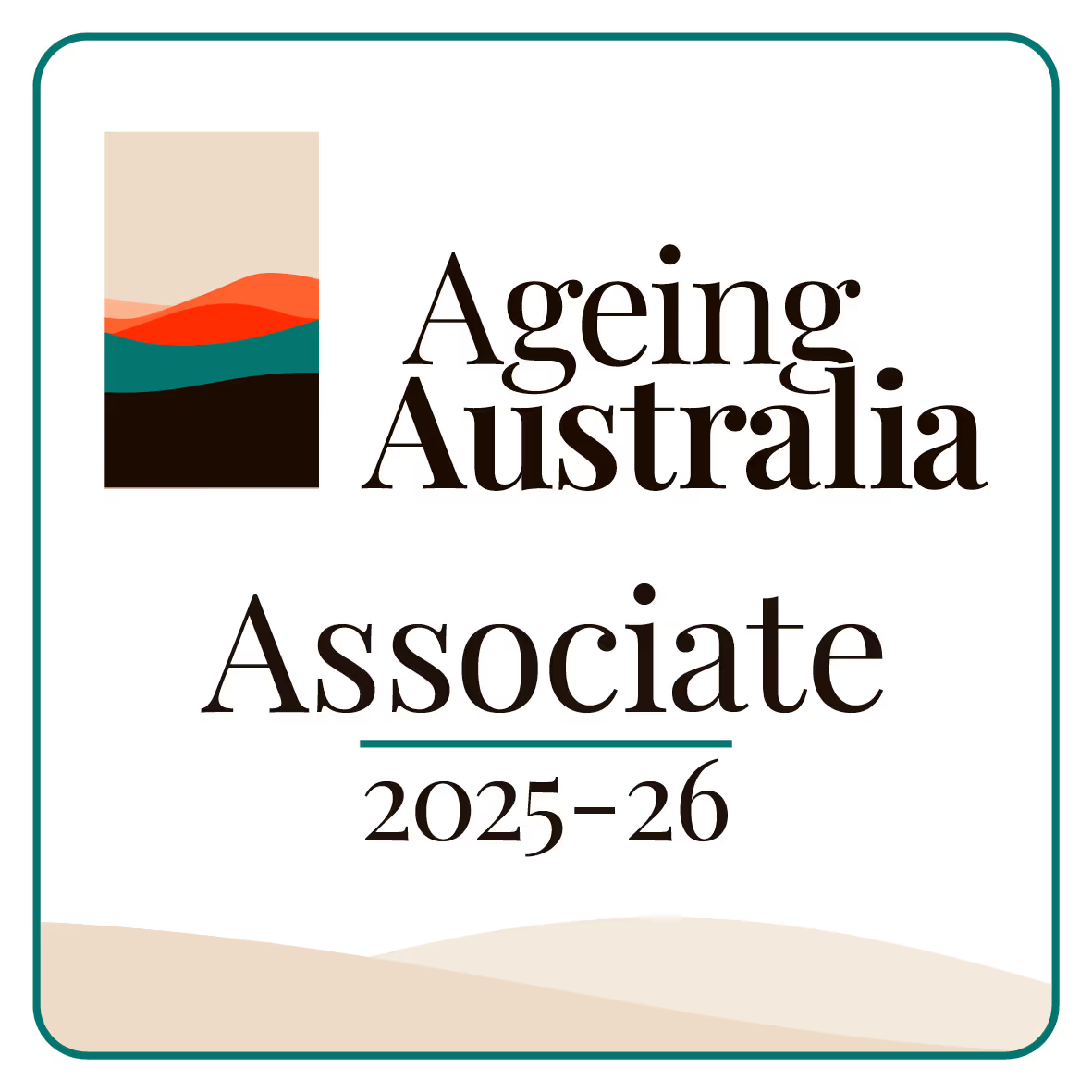When you are running an aged care home, surprises are the last thing you want. Especially the kind that involve slips, missed medication, or broken heaters in the middle of winter. That is where a risk register comes in. Think of it like a diary—but instead of secrets, you write down all the things that could possibly go wrong and how you plan to deal with them.
Sounds heavy? Do not worry. We are going to walk through the risk register aged care facilities need in plain English, with a few laughs, no jargon, and zero marketing buzzwords.
What is a Risk Register, Anyway?
Let us break it down. A risk register is a simple tool that helps you keep track of things that could go wrong in your aged care facility. Some people call it a risk log. Same thing, different name.
It includes:
- What the risk is
- What might cause it
- What it would affect
- How bad it could be
- How likely it is to happen
- What you are doing about it
It is like writing a recipe for avoiding trouble. You want to have all the ingredients in one place so you do not forget what to do when the heat is on.
.png)
Why You Really Need One
You might be thinking, “We already fill out heaps of forms. Do we need another one?”
Short answer: Yes.
Long answer: Still yes.
Here is why a risk register aged care providers use is worth its weight in gold:
- It helps you stay ahead of problem
- It keeps everyone on the same page
- It makes audits and inspections less stressful
- It shows you are serious about safety
- It can actually help save lives
When your staff knows where the trouble spots are, they can act before something turns into a major drama.
The Core Ingredients of a Risk Register
Let us get down to the nuts and bolts. Your risk register should include these bits:
1. Description of the Risk
Start with what could go wrong. Keep it simple.
Example: “Resident might fall in bathroom.”
2. What Could Cause It
This helps you figure out how to stop it.
Example: “Wet floor tiles after shower.”
3. Who or What is Affected
Is it just one resident? Could it affect others? Staff? Equipment?
Example: “Could result in injury to resident and stress to staff.”
4. Likelihood
Is it rare? Possible? Happens often? Be honest here.
Use terms like:
- Rare
- Unlikely
- Possible
- Likely
- Very likely
5. Consequence
If it does happen, how bad is it?
Use terms like:
- Minor
- Moderate
- Major
- Severe
- Catastrophic
6. Risk Rating
This comes from combining how likely it is with how bad it could be. You can use colour codes or numbers, but keep it easy to understand.
7. Current Controls
What are you doing right now to reduce the risk?
Example: “Non-slip mats in place. Staff trained on safe transfers.”
8. Action Plan
What more can you do? Who will do it? By when?
Example: “Install grab rails by end of month. Assigned to maintenance.”
Setting Up Your Hazard List
Before you start filling out your risk register, you need a good old hazard list. That is just a fancy way of saying: “Here’s a list of things that could hurt people, damage stuff, or mess with operations.”
Here are some areas to think about:
- Falls and mobility issues
Wet floors, poor lighting, slippery shoes - Medication errors
Wrong dose, missed meds, confusion between residents - Infection risks
Dirty equipment, poor hand washing, outbreaks - Fire safety
Blocked exits, old wiring, unattended stoves - Food safety
Spoiled food, undercooked meals, poor storage - Staff wellbeing
Stress, burnout, injury, overwork - Visitors and contractors
Unauthorised access, unsafe work practices
You do not need to spot every single risk on day one. Start with the big ones and add to your list over time.
.png)
Who Should Be Involved?
Building a good risk register aged care homes can use well is not a solo act. It works best when you bring in voices from across your team.
- Care staff know the day-to-day hiccups and hotspots.
- Nurses can spot clinical risks.
- Cleaning and kitchen crews see things no one else notices.
- Maintenance staff can spot things falling apart before anyone else does.
Invite them to share what they see. Hold short chats or toolbox talks. You might be surprised what pops up.
How Often Should You Update It?
Treat your risk register like a living thing. Do not let it gather dust.
Here are some good times to check or update it:
- When something new happens (like a flood, new resident, or new equipment)
- After an incident
- When a staff member raises a concern
- During regular safety audits
- Every few months, even if nothing major has happened
If you keep your aged care record keeping up to date, you will not be caught off guard.
Simple Tips for Getting Started
Start small.
You do not need a 500-row spreadsheet. A few key risks, written clearly, are a great start.
Use plain language.
Skip the technical speak. Say it how you would in a conversation.
Make it visible.
Print it out. Stick it on the staff notice board. Make sure people know it exists.
Assign responsibilities.
Someone should be the keeper of the register. But everyone should be encouraged to add to it.
Keep it digital if you can.
Paper works fine, but digital tools can make it easier to track updates. Just remember: no tool can replace people who care and pay attention.
How a Risk Register Helps During Audits
Auditors want to see that you are not just reacting. They want to know you are keeping track of your risks and doing something about them.
A good risk log shows:
- You are proactive
- You know your weak spots
- You follow through with actions
- You take care of residents and staff
When you have all this written down, you will feel a lot more confident when the doorbell rings and the assessors walk in.
.png)
The Ripple Effect of Doing It Right
Putting effort into your risk register does more than tick boxes. It builds trust. It makes your home safer. It supports staff who are doing their best. And it gives residents and their families peace of mind.
You might not see the payoff every day, but when you stop accidents before they start, you are doing something pretty special.
Final Thoughts
Keeping a proper risk register aged care teams can rely on does not have to be a nightmare. It is just good common sense, written down in a way that is easy to understand and easy to act on.
Start simple. Be honest. Ask questions. And keep the conversation going with your team. You will be surprised how much safer and smoother things run when everyone is part of the process.
Now, go grab a cuppa, gather your team, and start that register. Your future self—and your residents—will thank you for it.










